Resources to Promote Understanding of Systemic Racism
At Canada's National Ballet School (NBS), we have heard from students, staff, parents and the wider NBS community about the importance of deepening our understanding of histories and contexts that get to the heart of systemic racism. Below, we offer only a small handful of historical, cultural and contemporary resources to support each of us in our personal education, which can be deeply personal journeys. This is not an exhaustive list. We look forward to this continued conversation and welcome recommendations on other resources to add to this list (please e-mail EDI@nbs-enb.ca).
Please note: We recognize that each Canadian represents an intersection of many identities. NBS will continue to pursue education and policies that foster and promote equity and inclusion for those who have been historically under-represented such as members of racialized groups (Indigenous, Black, People of Colour (IBPOC)); the LGBTQ+ community; and persons living with disability/ies.

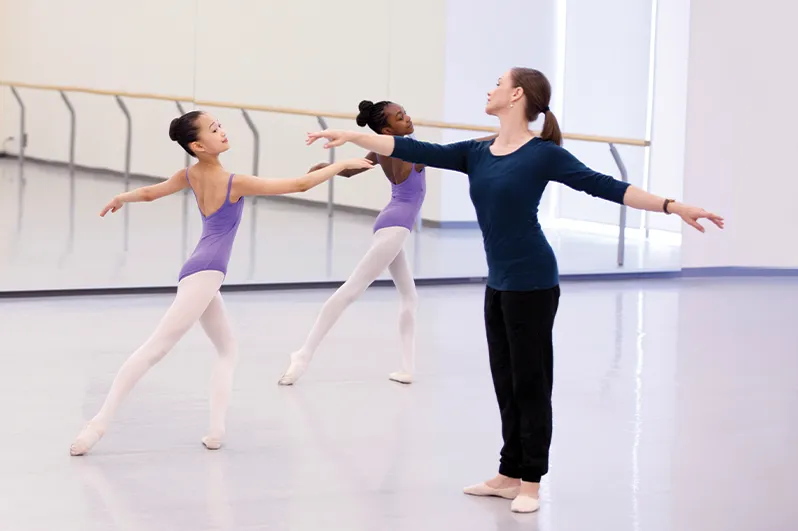
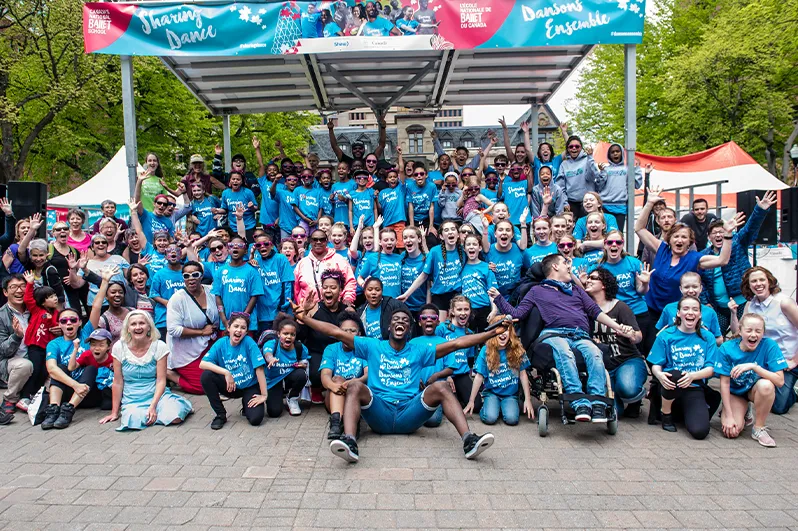
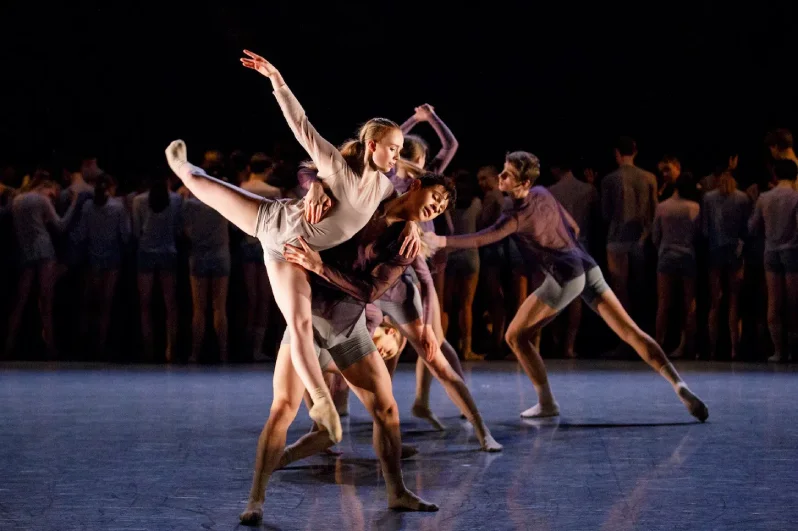
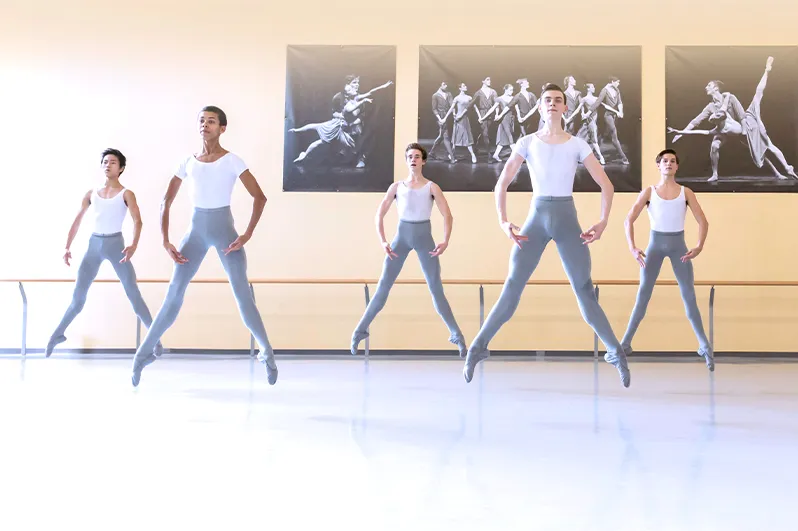
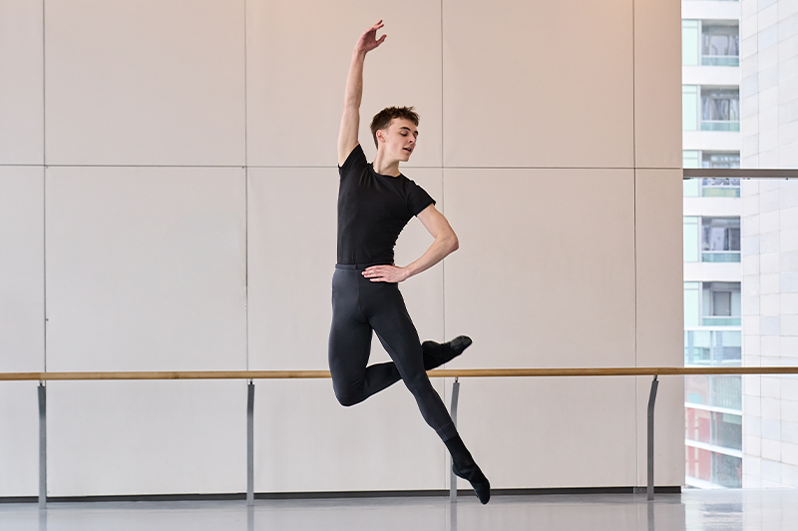
.png)